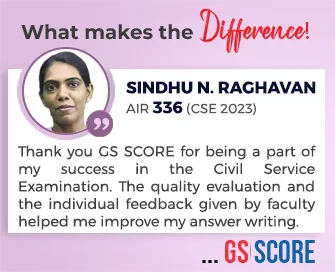

28th August 2023 (7 Topics)
Context:
In response to recurring financial defaults in India, the government implemented robust legal measures to empower lenders in holding defaulting companies accountable, despite challenges posed by democratic principles and limited effective legal avenues.
Challenges in Legal Procedures
- In current laws: SARFAESI Act, DRTs, BIFR, and SICA faced time delays, rigid criteria, and overlapping laws, hindering effective debt recovery.
- Winding-up Effectiveness: Companies Act 1956's winding up process, though slow, yielded more logical conclusions through liquidation or negotiation.
- Limited Recovery Success: SARFAESI offered debt restructuring, but till 2016, poor statistics indicated inadequate results for banks' recovery efforts.
Need for Insolvency and Bankruptcy code (IBC)
- RDDBFI and SARFAESI Shortcomings: Recovery efforts through RDDBFI and SARFAESI led to increasing bad debts for banks. SARFAESI's recovery declined due to reduced effectiveness.
- Post-Liberalization Scenario: After 1991's liberalization, foreign companies' entry and unchecked lending led to growth, but lack of adherence to parameters and due diligence caused loans to turn bad.
- Lending Challenges: Loans for expansion turned non-performing, banks faced multiple restructuring proposals, trapping lenders deeper, leading to a point of no return for Indian businesses.
Debate over IBC
- Challenges in Execution Proceedings: Execution proceedings were lengthy, making winding up unattractive. BIFR sheltered defaulting companies, deviating from rehabilitation intent.
- Inception of IBC: The Indian banking sector faced mounting issues due to non-merit loans, necessitating exceptional measures. IBC, introduced in 2016, aimed at recovery and reformation.
- Debate over IBC: IBC, a significant law, garnered support from banks but raised concerns for operational creditors and promoters due to asset distribution and creditor control.


